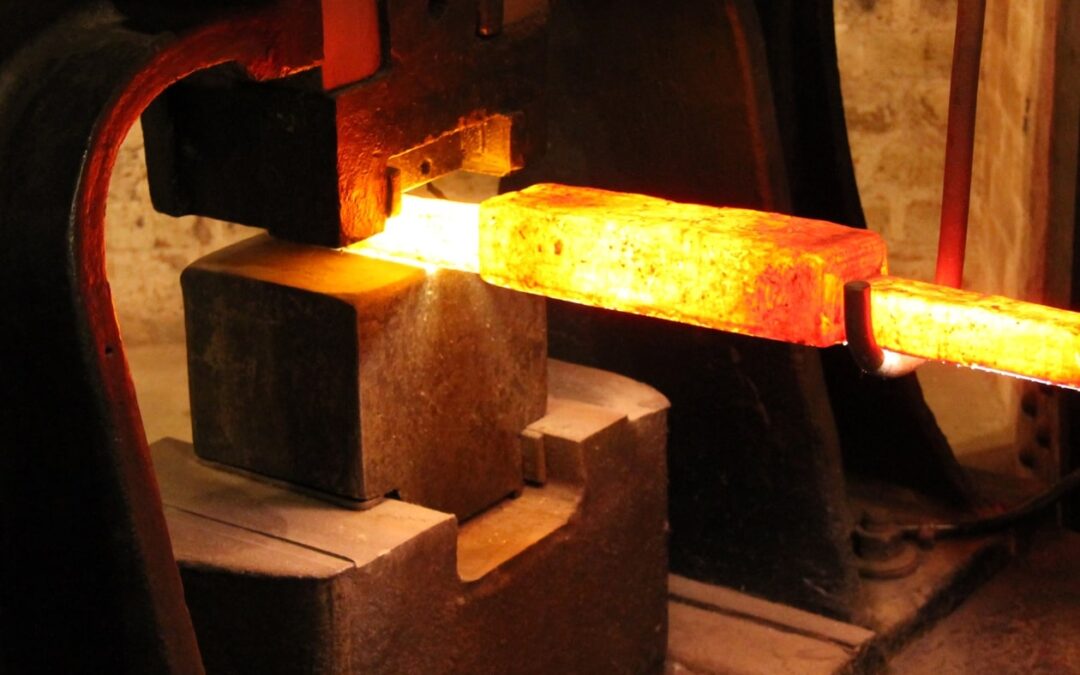Establishing an iron casting plant is a significant undertaking that requires careful planning, efficient operations, and attention to quality control. This comprehensive guide aims to provide a step-by-step overview of the process involved in setting up an iron casting plant. From facility design and equipment selection to production optimization and quality assurance, we will explore the key considerations and best practices to ensure a successful and profitable iron casting operation.
Section 1: Planning and Facility Design
1.1 Market Analysis and Feasibility Study:
Conduct a thorough market analysis to assess the demand for iron castings in various industries. Evaluate the competition, identify potential customers, and determine the feasibility of establishing an iron casting plant based on market conditions.
1.2 Facility Layout and Design:
Develop a comprehensive facility layout plan that optimizes workflow and ensures efficient material flow. Consider factors such as raw material storage, foundry layout, casting finishing and inspection areas, and employee facilities. Ensure compliance with local regulations and safety standards.
1.3 Equipment Selection:
Choose suitable equipment based on the desired production capacity, casting types, and quality requirements. This may include core-making machines, molding machines, melting furnaces, sand preparation systems, and casting finishing equipment. Collaborate with experienced equipment suppliers to ensure optimal selection and performance.
Section 2: Operations and Production Process
2.1 Raw Material Procurement:
Secure a reliable supply of high-quality raw materials such as iron scrap, pig iron, and alloy additions. Establish partnerships with trusted suppliers and implement a robust quality control system to maintain material consistency.
2.2 Molding and Core Making:
Select the appropriate molding process (e.g., green sand, chemically bonded, or shell molding) based on the casting requirements. Develop efficient molding and core-making processes to ensure accurate mold formation and core assembly.
2.3 Melting and Pouring:
Install appropriate melting furnaces and implement efficient melting practices to achieve consistent metal quality. Develop a controlled pouring system to minimize defects and ensure accurate metal flow into the molds.
2.4 Casting Finishing and Heat Treatment:
Establish effective finishing processes, such as grinding, shot blasting, and heat treatment, to achieve the desired surface finish, dimensional accuracy, and mechanical properties of the castings. Implement quality control checks at each stage to identify and rectify any defects.
Section 3: Quality Control and Optimization
3.1 Quality Assurance Program:
Implement a comprehensive quality assurance program to monitor and control the entire casting process. This includes inspection of raw materials, in-process inspections, and final product testing. Invest in non-destructive testing methods, such as X-ray or ultrasonic inspection, to ensure casting integrity.
3.2 Process Optimization:
Continuously analyze and optimize the casting process to improve productivity, reduce scrap rates, and enhance overall efficiency. Implement data-driven approaches such as statistical process control (SPC) and lean manufacturing principles to identify and address bottlenecks or inefficiencies.
3.3 Environmental and Safety Considerations:
Ensure compliance with environmental regulations and implement sustainable practices, such as waste management and energy conservation measures. Prioritize employee safety through proper training, equipment maintenance, and adherence to safety protocols.
Section 4: Business Management and Growth
4.1 Cost Management:
Develop a comprehensive cost management system to track expenses related to raw materials, labor, energy consumption, equipment maintenance, and overhead costs. Regularly analyze cost data to identify opportunities for cost reduction and improved profitability.
4.2 Continuous Improvement:
Encourage a culture of continuous improvement by involving employees in problem-solving and process enhancement initiatives. Implement performance metrics and regular performance reviews to drive accountability and foster a culture of excellence.
4.3 Business Expansion and Diversification:
Explore opportunities for business expansion by targeting new markets, diversifying product offerings, or investing in advanced technologies. Regularly assess market trends and customer demands to stay ahead of the competition.
Conclusion:
Setting up an iron casting plant requires careful planning, efficient operations, and a commitment to quality. By following the steps outlined in this comprehensive guide, you can establish a successful and profitable iron casting operation. Continuously adapt to market dynamics, embrace innovation, and prioritize quality control to ensure long-term success in the competitive iron casting industry.

